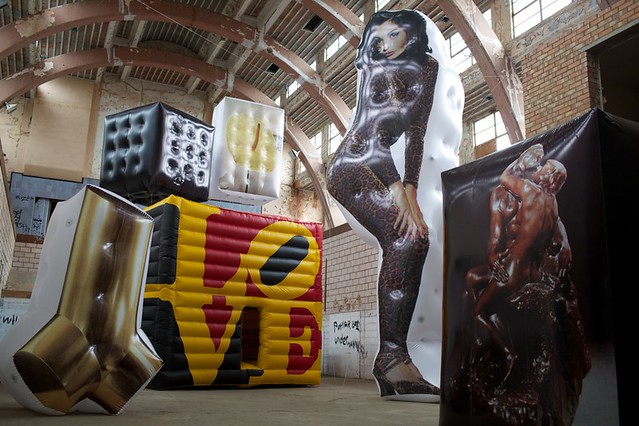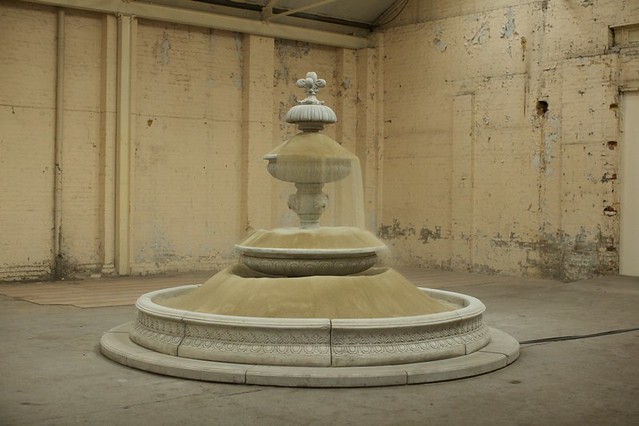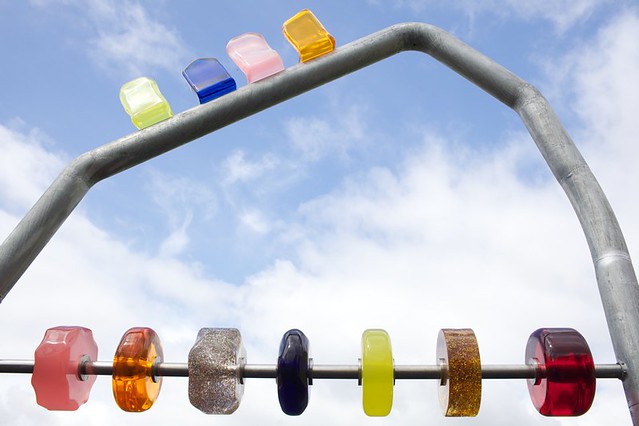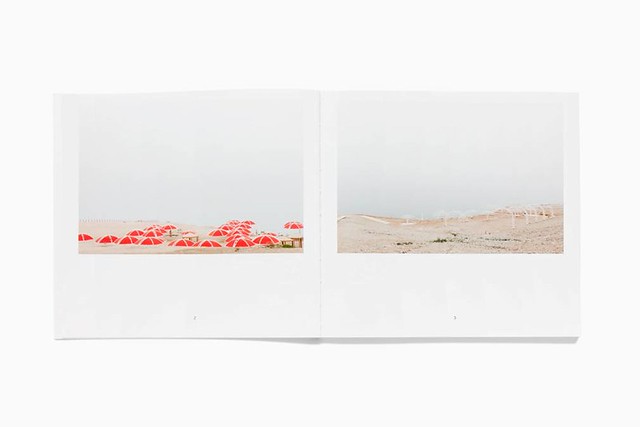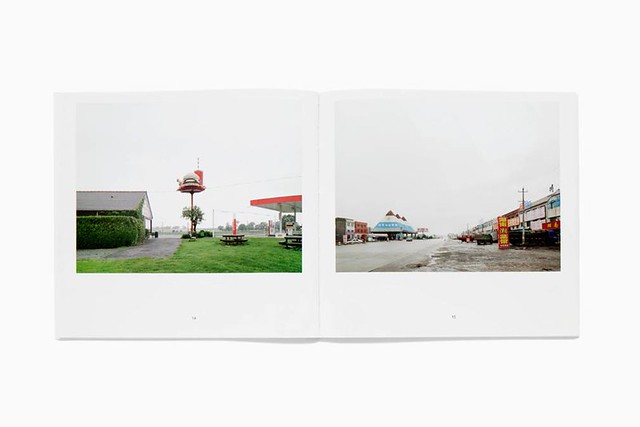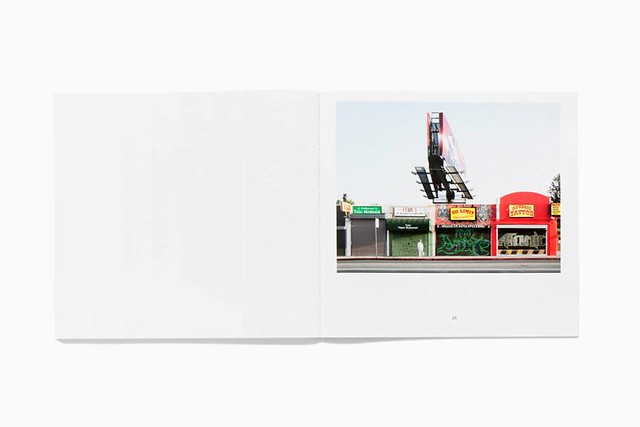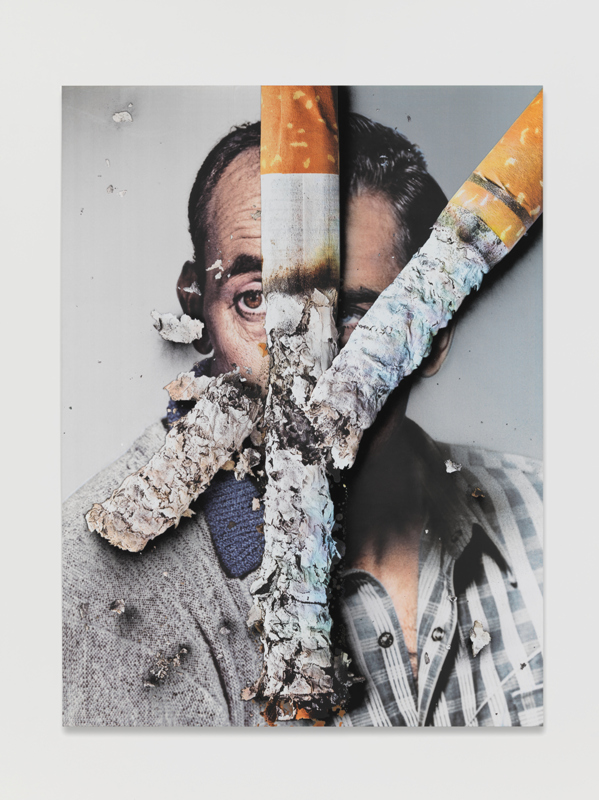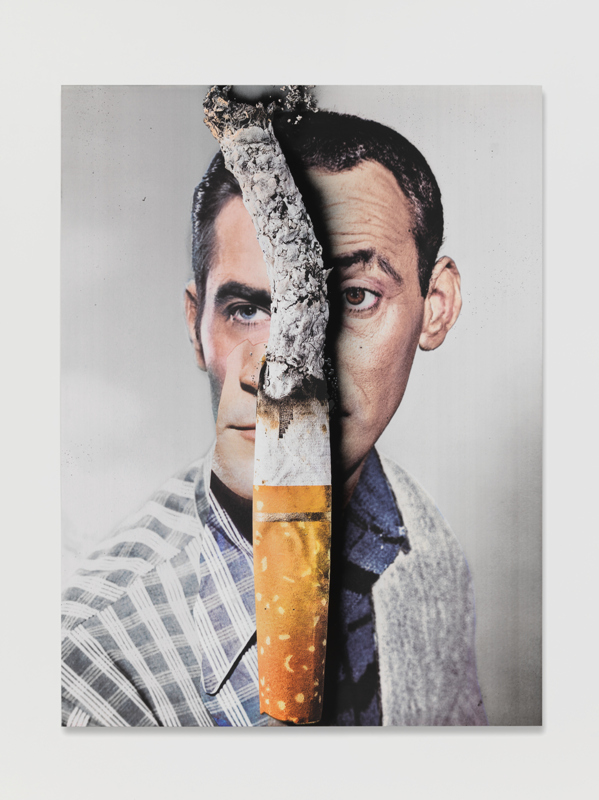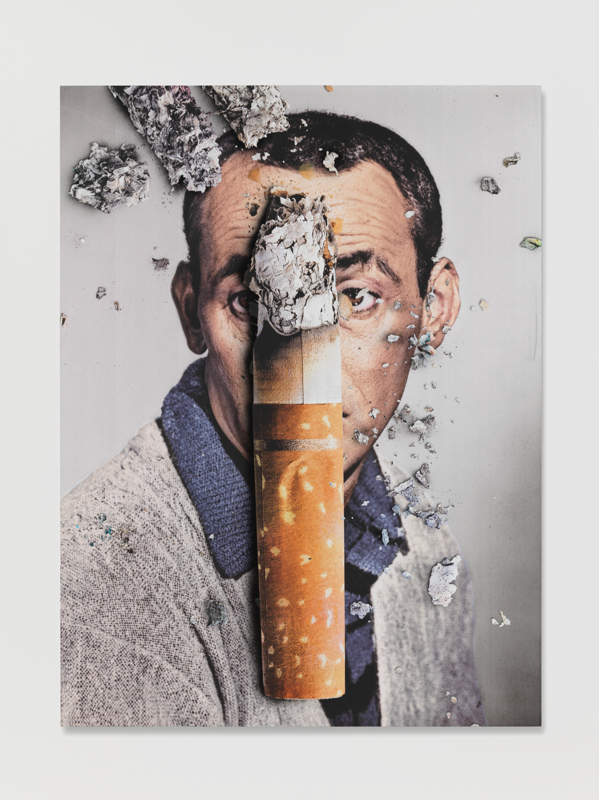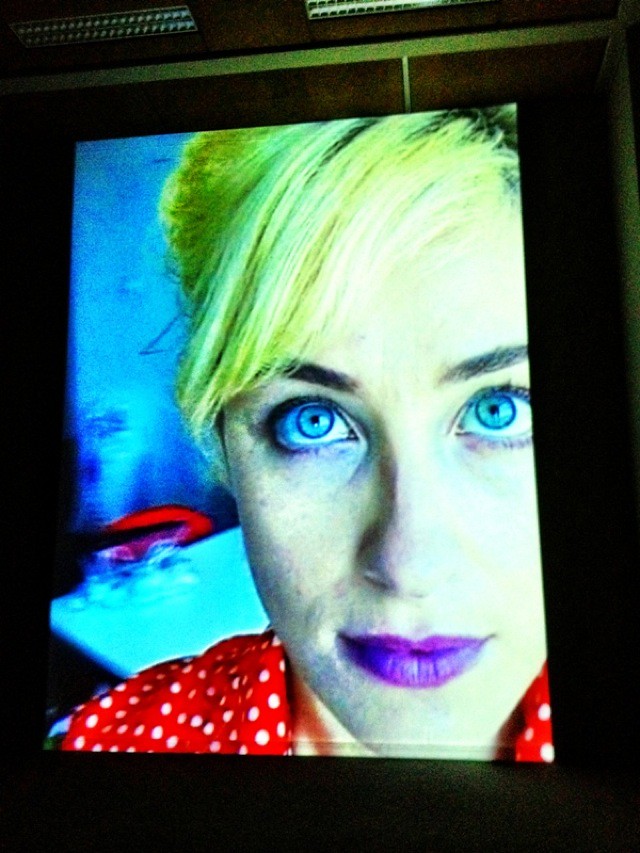
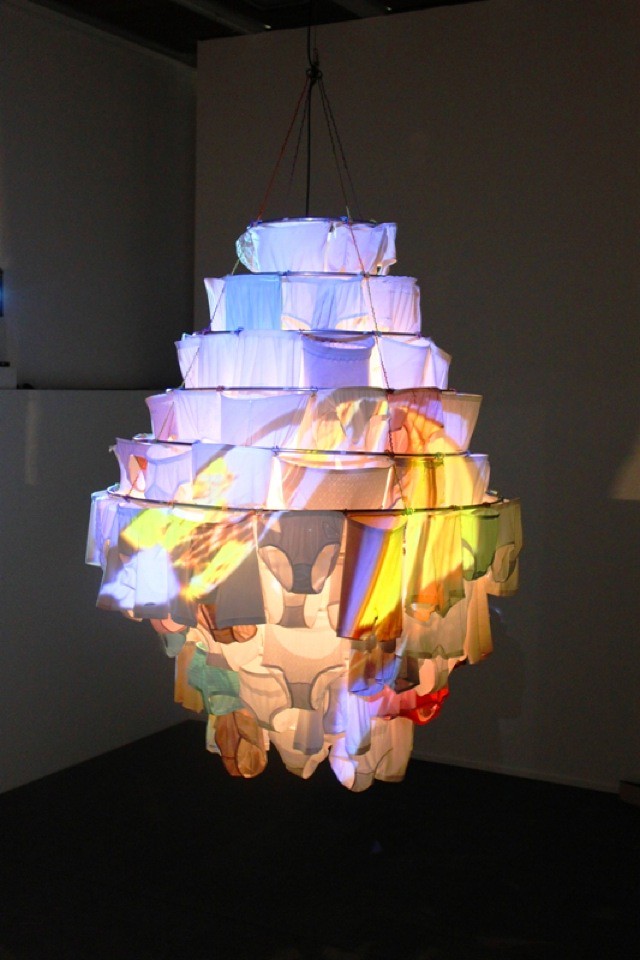

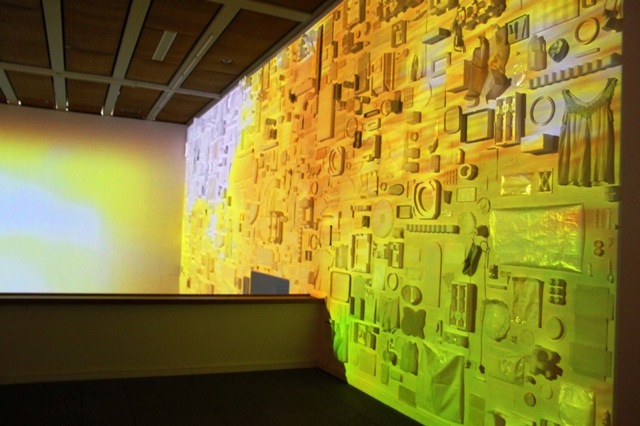
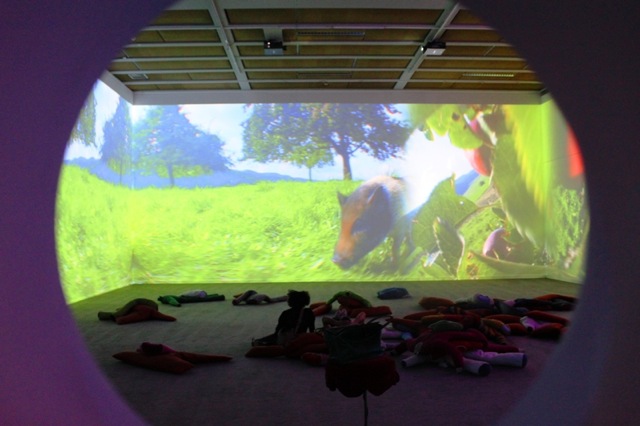
all images by Anneli Botz
To enter into the world of Pipilotti Rist’s exhibition “Augapfelmassage” (“eyeball massage”) is like immersing into a space full of organic sensuality. After plunging into the exhibition’s darkness, the visitor finds himself in the middle of a softly lit world, surrounded by low talking voices and smooth sounds of music, which make the change from the hectic life outside to this otherworldly atmosphere even more distinct. The lights of various video installations guide him through the tubular succession of rooms which seem to resemble an organic structure and raise awareness for Pipilotti Rist’s most prominent subjects: a life affirming oscillation between the inside and the outside, between the psyche and the outer appearance and the female body as both subject and medium for the fruitfulness of life itself.
A key figure is the endoscopic camera that runs over the body’s surface like an intimate observer, capturing the female curves and the plainness of the skin in a close-up view that enables a change of perspective and subtlety exposes it as a landscape of aesthetics and vital sexuality. The diverse and manifold use of view angles prevents the visitor to become a voyeuristic observer but rather engages him into the scenery instead of creating a distance between him and the art object. The installation “Lungenflügel” (“lung”) invites the audience to sit down on a pile of cushions in the middle of a room, surrounded by three large video screens where different scenes overlap or correspond to each other. Looking up from an extremely narrow point of view the visitor becomes a part of the natural settings, fascinated by the movements of the over dimensional bodies that act within the films.
Accompanied by the mild sounds of music it is a very relaxing journey through a world that is dominated by Pipilotti Rists’s distinct sense for aestheticism that is equally present in a green fruitful field with piglets and as well as on a dirty wet pamphlet with pieces of rubbish. As a collaboration of the London Hayward gallery, Kunsthalle Mannheim and the Kunstmuseum St. Gallen, this circulating exhibition pays a long desired and extensive tribute to one of the most significant representatives of contemporary video art and is definitely worth seeing, even if just to get your eyeballs massaged.
A key figure is the endoscopic camera that runs over the body’s surface like an intimate observer, capturing the female curves and the plainness of the skin in a close-up view that enables a change of perspective and subtlety exposes it as a landscape of aesthetics and vital sexuality. The diverse and manifold use of view angles prevents the visitor to become a voyeuristic observer but rather engages him into the scenery instead of creating a distance between him and the art object. The installation “Lungenflügel” (“lung”) invites the audience to sit down on a pile of cushions in the middle of a room, surrounded by three large video screens where different scenes overlap or correspond to each other. Looking up from an extremely narrow point of view the visitor becomes a part of the natural settings, fascinated by the movements of the over dimensional bodies that act within the films.
Accompanied by the mild sounds of music it is a very relaxing journey through a world that is dominated by Pipilotti Rists’s distinct sense for aestheticism that is equally present in a green fruitful field with piglets and as well as on a dirty wet pamphlet with pieces of rubbish. As a collaboration of the London Hayward gallery, Kunsthalle Mannheim and the Kunstmuseum St. Gallen, this circulating exhibition pays a long desired and extensive tribute to one of the most significant representatives of contemporary video art and is definitely worth seeing, even if just to get your eyeballs massaged.

